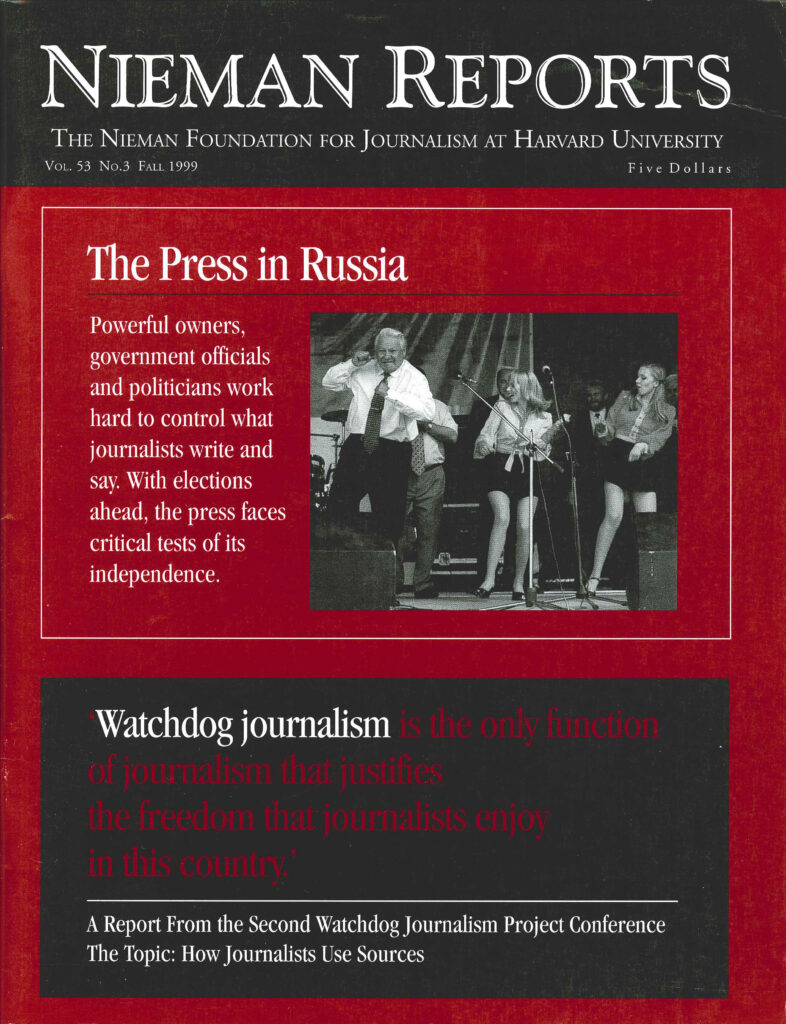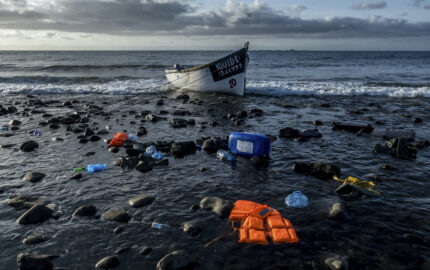On May 15, 1999, journalists met at Harvard University to talk about the relationships that reporters have with their sources and to examine the potential consequences posed by changes in how sources are treated by reporters and how sources treat reporters. This conference was convened as the second in a series of conferences sponsored by the Watchdog Journalism Project at the Nieman Foundation. Reporters whose investigations have garnered many awards shared insights, concerns and advice about ways in which members of the press can work more effectively with sources and thereby avoid the loss of journalistic credibility that many in the profession believe is related to the rise in use of anonymous sources.
This section of Nieman Reports contains excerpts from observations made by participants at this Watchdog Journalism Project conference and an article about press coverage of Whitewater. This article exemplifies some problems that arise when reporters are misled by an anonymous source’s information. What follows is a guide to these topics:
This section of Nieman Reports contains excerpts from observations made by participants at this Watchdog Journalism Project conference and an article about press coverage of Whitewater. This article exemplifies some problems that arise when reporters are misled by an anonymous source’s information. What follows is a guide to these topics:
- Introduction: Reporting on government, national security, nonprofits and business.
- List of conference panel members.
- Naming Sources
- False Sources and Misleading Information
- “In Reporting on Whitewater, an Anonymous Source Misinformed the Press,” an article by Gilbert Cranberg
- Reporters’ Relationships With Sources
- How the Real Story Gets Told in Pictures
- The Role of Reporter’s Judgment
- When Reporters are Shut Out By Sources
- Stages of Reporting: Finding and Using Sources
- Verifying What Sources Say
- Working With Key Sources
- The Roles Editors Play
- Impact of Investigative Stories



